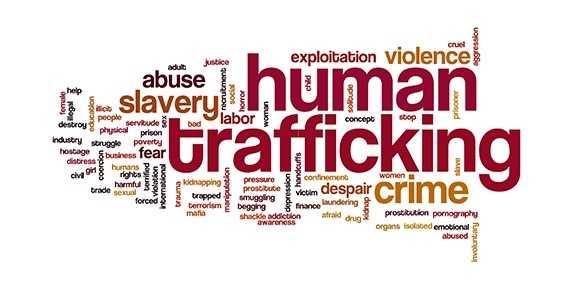Building Capacity Among FYSB Programs to Address Human Trafficking

Body
Elizabeth Darling, Commissioner, Administration on Children, Youth and Families
Acting Associate Commissioner, Family and Youth Services Bureau
One of the exciting things about a new year is that it brings with it the promise of positive change and opportunities to do better. This year, many of us will make New Year’s resolutions with the goal of bettering the lives of our children, families, the world, and ourselves.
I have thought a lot about the importance of resolutions as we begin this New Year observing National Slavery and Human Trafficking Prevention Month. Human trafficking is a criminal and public health issue that involves the use of force, fraud, or coercion to recruit people into labor or commercial sex. Certainly, human trafficking has many consequences that affect not only survivors, but also their families, and our communities. There are so many factors contributing to the trafficking of human beings that should be addressed in an effort to stop trafficking from happening in the first place. From reducing adverse childhood experiences to creating opportunities for economic mobility and increasing access to housing stability, there is much work to be done to challenge the root causes that leave individuals vulnerable to trafficking.
Human trafficking can happen anywhere, to anyone, and in any community; however, we know that some populations are at higher risk than are others. I have learned how human trafficking impacts the population that we serve at the Administration for Children, Youth, and Families (ACYF). Last year, the Human Trafficking Hotline saw an almost 20 percent increase in the number of calls from survivors, with unstable housing as a top risk factor for those reaching out. Traffickers look for individuals who are psychologically or emotionally vulnerable or who are facing social or economic hardships, including homelessness and domestic violence. Because of this, adolescents, runaway and homeless youth, and survivors of intimate partner violence make tempting targets for traffickers.
Individual New Year’s resolutions tend to fade by February, but they are rarely as urgent as raising awareness and promoting action to protect the most vulnerable. As we renew our commitment to effectively address human trafficking this year, it is critical that we develop effective ways of maintaining our focus on preventing it and increasing our ability to identify those who are at risk, or have been harmed by it.
Our FYSB programs are working to do that in multiple ways
• Homelessness is one of the largest risk factors for youth who are trafficked. Providing resources and support to runaway and homeless youth can help to protect them from becoming victims of trafficking. The Runaway and Homeless Youth program (RHY) supports short-term shelter needs, maternity group homes, transitional living shelters, and street outreach to ensure youth are not living in the streets.
• The National Runaway Safeline (NRS), which operates the FYSB’s funded communication systems for runaway and homeless youth, leads runaway prevention efforts through the Let’s Talk curriculum, an evidence-based curriculum that helps youth build life skills, recognize caring adults, and seek help when needed.
• When individuals are trafficked by a romantic partner, they can become victims of both human trafficking and intimate partner violence. The Family Violence Prevention & Services Act program (FVPSA), which supports emergency shelters and supportive services for victims of domestic violence, can help by screening for signs of trafficking and making service referrals tailored to survivors’ needs.
• Learning about human trafficking can help young people recognize trafficking situations and reach out for help. The Adolescent Pregnancy Prevention program supports state and local programs that empower youth to make healthy decisions, optimizing opportunities for a successful transition to adulthood. These evidence-based programs help reduce human trafficking by teaching adolescents about healthy and unhealthy relationships, how to recognize trafficking, and where to find resources when they need help.
Building the capacity of our funded programs is a priority for FYSB. This year, we will continue focusing our efforts on enhancing their knowledge and ability to respond to human trafficking by using trauma-informed, culturally appropriate public health approaches in the key areas of prevention, identification, interventions, and collaboration.
On the prevention front, we will looking into innovative strategies to integrate human trafficking prevention within FYSB programs. As our first step, we recently released the Issue Brief “Human Trafficking Prevention: Strategies for RHY Settings.” This framework provides practical strategies to integrate prevention and emphasizes the vital role that RHY programs play in addressing human trafficking prevention.
As we begin 2021, we all have opportunities to make the world a better place by improving our contributions to it. Our “resolution” here at FYSB is to continue deepening our commitment to build the capacity of our funded programs across the nation from the dangers and harms of human trafficking.
If you or someone you know needs help, please call the US National Human Trafficking Hotline at 1-888-373-7888, TTY: 711, or Text “BeFree” 233733